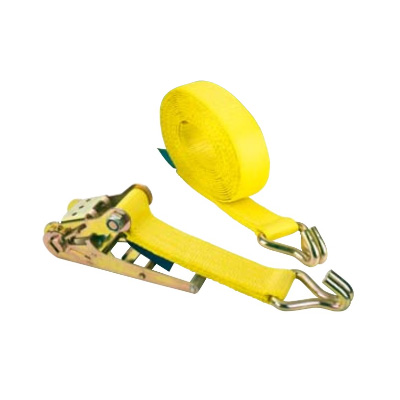"Ratchet" and "tie-down" are terms often used in the context of securing or fastening objects, particularly during transportation or to prevent movement. While there is some overlap in their usage, they refer to different aspects of the securing process:
A ratchet is a mechanical device that allows for incremental adjustment or locking in one direction. It typically involves a gear and a pawl mechanism.
In the context of securing items, a ratchet is often part of a tie-down system. Ratchet straps, for example, use a ratcheting mechanism to tighten and secure the strap around an object.
Ratchets are commonly used in various applications, from securing loads on trucks and trailers to tying down items for transport.
"Tie-down" is a broader term that refers to any method or device used to secure or fasten something in place.
Tie-downs can include a variety of tools or materials, such as straps, ropes, bungee cords, or even chains, used to hold items securely during transportation.
Ratchet straps are a type of tie-down, as are other devices and methods that serve the same purpose of securing objects.
In summary, a "ratchet" is a specific type of mechanism often used in tie-down systems, while "tie-down" is a more general term encompassing various methods and devices used to secure objects. Ratchet straps are just one example of a tie-down system that uses a ratcheting mechanism.


